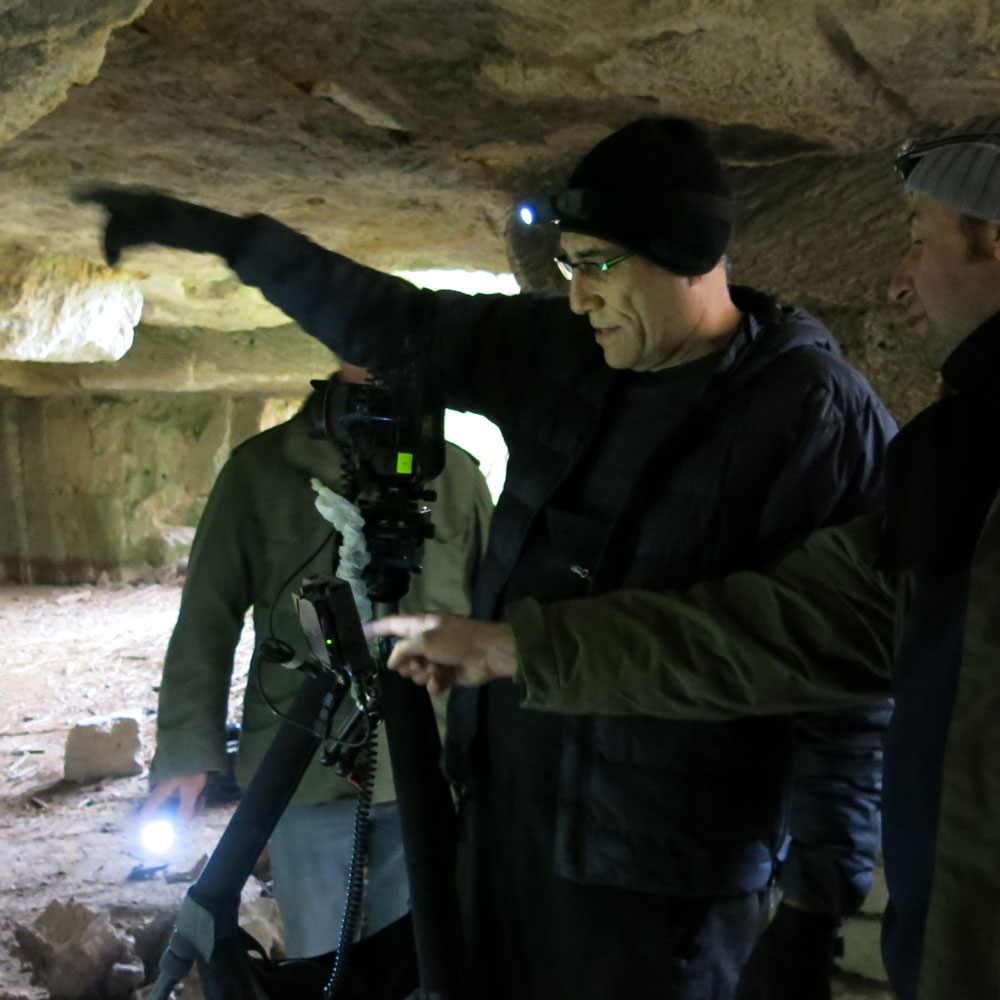The Hidden World
of World War I

Hidden under the former battlefields of World War I lie hundreds of forgotten rock quarries transformed into underground cities by armies on both sides.
Cloaked in darkness under private land in the beautiful French countryside, these underground cities are bristling with artifacts, sculptures and emotionally charged “graffiti” created by WWI soldiers a century ago. Frozen-in-time, these cities beneath the trenches form a direct human connection to men who lived a century ago. They make hundred years ago seem like yesterday. They are a Hidden World of WWI that is all but unknown, even to the French.
American medical doctor, fine art photographer and explorer Jeff Gusky was introduced to these underground cities by landowners and dedicated volunteers and their families who fiercely guard the secrets of these spaces with loving care to prevent them from being vandalized and to preserve them for the future.
About Jeff Gusky
Jeff Gusky is an emergency physician and National Geographic photographer whose career as an explorer and artist began in December 1995 when his intuition first led him to photograph a Nazi-era compound in Poland. This event inspired in him a quest to understand why terrorism continues to threaten us in modern times, and how technology and the inhuman scale of modern life have cut us off from reality and disabled our moral compass. He believes we face a Human Emergency caused by compromises we make that diminish our humanness. His mission is to build a language to describe how modern life affects conscience, and to allow us to become comfortable again about being human and embracing imperfection. His work has reached an international audience through media, books and exhibitions. He is also a TV host, producer, author of three books and a public speaker.





